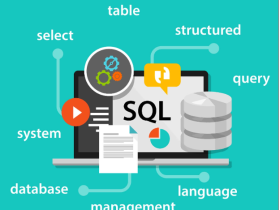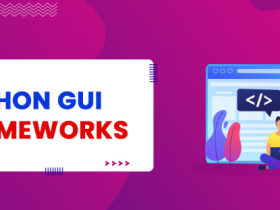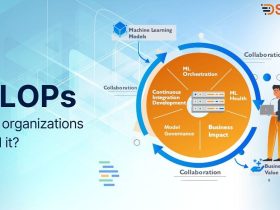Graph Neural Networks (GNNs) are a powerful tool that has gained increasing attention in recent years, especially in the field of natural language processing (NLP). With the rise of social media, e-commerce, and online review systems, there has been an explosion in the amount of text data available. Text classification is a crucial task in NLP, and GNNs offer a novel and effective way to approach it.
In this article, we’ll explore the basics of GNNs and how they can be used for text classification. We’ll discuss the advantages of using GNNs over traditional methods and provide a step-by-step guide on how to implement a GNN for text classification. We’ll also address some common questions about GNNs and provide practical examples to help you understand how they work.
What are Graph Neural Networks (GNNs)?
GNNs are a type of neural network that can work with graph data structures, which are composed of nodes and edges. These networks use a graph structure to represent data, and they can learn representations of nodes and edges that capture their local and global structural information. This makes them well-suited for dealing with data that has complex relationships between its elements.
The basic idea behind GNNs is to perform message passing between nodes in the graph. Each node aggregates information from its neighbors and uses it to update its own representation. This process is repeated multiple times, allowing nodes to gradually incorporate information from further and further away in the graph. This way, GNNs can learn representations of the entire graph that capture both its local and global structure.
Why Use GNNs for Text Classification?
Text classification is the task of assigning one or more predefined categories to a piece of text. This is a fundamental task in NLP, with many practical applications, such as sentiment analysis, spam filtering, and topic classification. Traditionally, text classification has been approached using methods such as bag-of-words and n-grams, which represent text as a fixed-length vector of word counts or frequencies.
However, these methods have limitations, especially when it comes to capturing the structural information present in text. GNNs, on the other hand, are capable of learning representations of text that take into account the relationships between words and their positions in the sentence. This can result in better performance on text classification tasks, especially when the text data has a complex structure.
Here’s how you can use GNNs for text classification:
- Data Preparation: The first step is to prepare the data for processing by constructing a graph representation of the text data. Each node in the graph represents a word, and edges represent the relationships between them. You can use techniques like co-occurrence, semantic similarity, or dependency parsing to create the edges between nodes.
- Graph Convolution: The next step is to apply graph convolutional layers to the graph. A graph convolutional layer takes the feature vectors of neighboring nodes and combines them to produce a new feature vector for the central node. The process is repeated multiple times to refine the node features, and the final node features are used for classification.
- Classification: Once the graph convolutional layers have generated the node features, the final step is to perform classification. You can use a fully connected layer followed by a softmax activation function to predict the probability of each class label. The label with the highest probability is chosen as the final classification output.
Advantages of Using GNNs for Text Classification
There are several advantages to using GNNs for text classification:
- Relational information: GNNs can capture the relationships between words in a text document, which can be important for tasks such as sentiment analysis, where the sentiment of a word can be influenced by the words that surround it.
- Robust to noise: GNNs can handle noisy and incomplete data, which is common in real-world applications of text classification.
- Effective feature extraction: GNNs can learn effective representations of text data, which can improve the performance of downstream tasks such as classification and prediction.












Leave a Reply